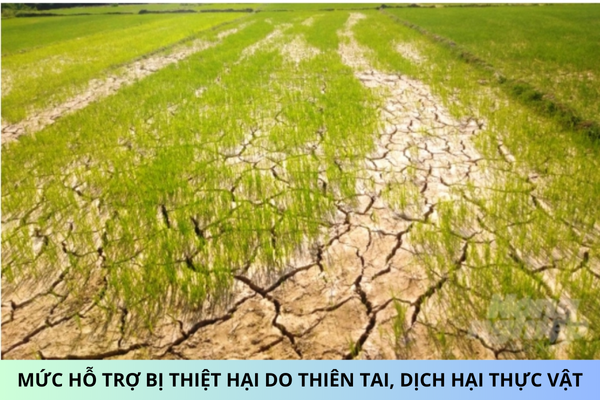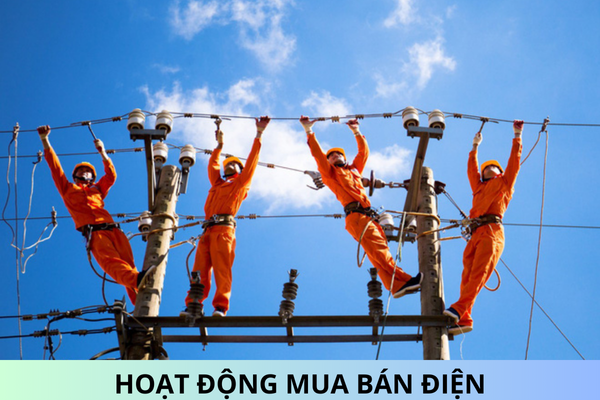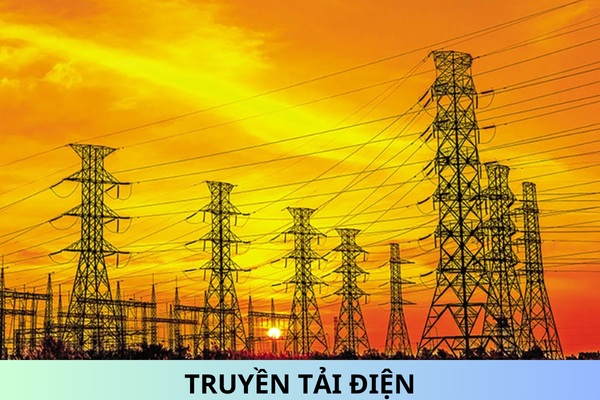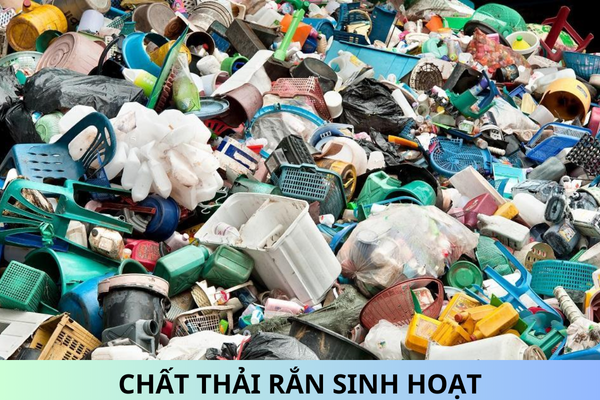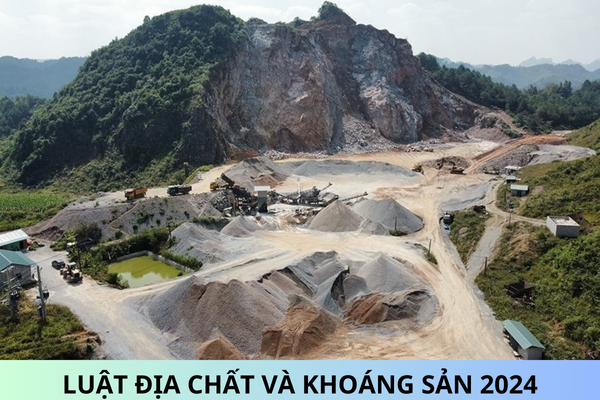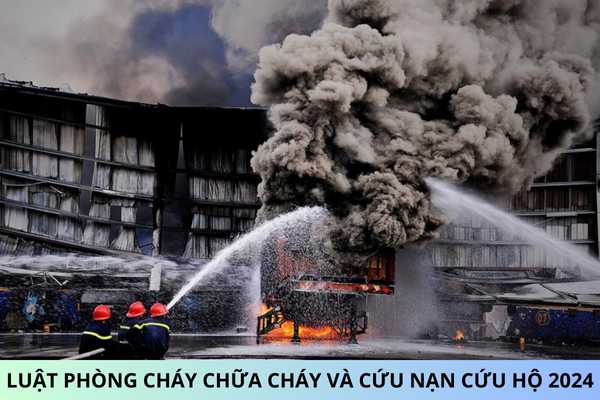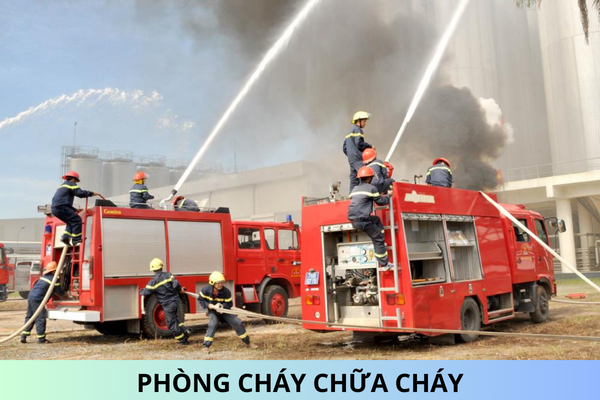List of facilities under management for fire prevention and fighting in 2024 in Vietnam
List of facilities under management for fire prevention and fighting in 2024 in Vietnam
Based on Appendix 1 issued together with Decree 50/2024/ND-CP, the latest List of facilities under management for fire prevention and fighting in 2024 in Vietnam is as follows:
- Headquarters of government agencies at all levels.
- Apartment buildings; dormitory houses, student housing; mixed-use buildings.
- Nurseries, kindergartens, preschools; primary, lower secondary, upper secondary schools; schools with multiple education levels; colleges, universities, academies; intermediate schools; vocational training institutions; continuous education facilities; other educational establishments established in accordance with the regulations.
- Hospitals; general and specialized clinics, nursing homes, rehabilitation centers, orthopedic centers, elderly care facilities, pandemic prevention facilities, medical centers, other healthcare establishments established under regulation.
- Theaters, cinemas, circuses; conference and event centers; cultural centers; karaoke business establishments, dance halls, bars, clubs; amusement parks, zoos, aquariums.
- Markets; trade, electronic centers; supermarkets; service, food establishments with a total business area of 100 m2 or more or with a total volume of 500 m3 or more; goods business establishments with flammable or explosive items with a total business area of 50 m2 or more or a total volume of 200 m3 or more.
- Hotels, guest houses, motels; other accommodation established in accordance with the regulations; rental houses.
- Offices used as headquarters of enterprises, political, and social organizations.
- Museums, libraries; exhibition houses; showcases, archives, bookstores, fair houses; religious establishments.
- Postal service locations, mail operation premises, telecommunication facilities; data management and archival centers; broadcasting and television establishments; publishing and printing operations.
- Stadiums; sports arenas; indoor sports centers; fitness and sports centers; race tracks, shooting ranges; other sports facilities established under regulation.
- Airports; air traffic control towers; aircraft hangars; seaports; inland ports; inland waterway ports; bus stations; rest stops; railway stations; cable car stations for passenger transport; subway projects; vehicle registration facilities; motor vehicle business, repair, maintenance establishments.
- Car garages, parking areas established in accordance with the law.
- Road and railway tunnels with a length of 500 m or more.
- Nuclear facilities; establishments for production, trading, storage, and use of industrial explosives and precursor explosives; warehouses for industrial explosives and precursor explosives; ports for import/export of industrial explosives and precursor explosives; weapons and equipment depots.
- Facilities for extraction, processing, production, transportation, trading, and storage of petroleum and petroleum products, gas on land; petroleum and gas depots; ports for import/export of petroleum and petroleum products, gas; petrol and flammable liquid stores; gas stores.
- Industrial establishments classified with fire and explosion hazards A, B, C, D, E.
- Power plants; substations with a voltage of 110 kV or more.
- Tunnels involved in the production, storage, and use of flammable, explosive materials; national reserve warehouses; flammable goods and materials stores; flammable goods and materials accumulation sites with an area of 500 m2 or more.
- Other facilities not listed from section 1 to section 19 with internal petrol supply stations or central gas supply systems using a total gas amount of 70 kg or more.
- Residential buildings combined with the production and business of flammable, explosive goods with a floor area for business purposes of 50 m2 or more.
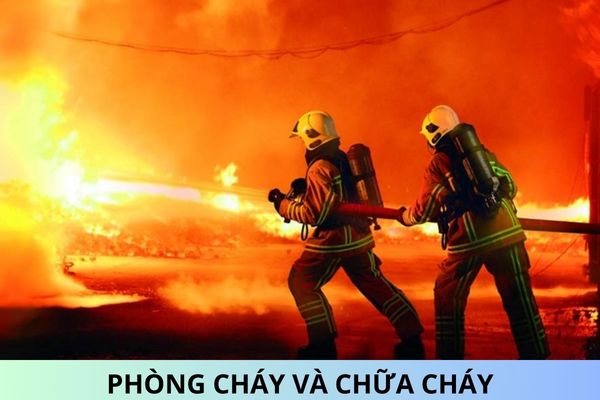
List of facilities under management for fire prevention and fighting in 2024 in Vietnam (Image from the Internet)
What are the principles of fire prevention and fighting in Vietnam?
Based on Article 4 of the Law on Fire Prevention and Fighting 2001, fire prevention and fighting governed by the following principles:
- Mobilize the comprehensive strength of the entire population to engage in fire prevention and fighting activities.
- In fire prevention and fighting activities, prevention is primary; proactive and thorough prevention should be pursued to minimize fire occurrences and fire damage.
- Be ready with forces, equipment, plans, and other conditions so that when a fire occurs, it is promptly and effectively extinguished.
- All fire prevention and fighting activities must first be carried out and resolved with on-site resources and means.
Who is responsible for fire prevention and fighting in Vietnam?
Based on Article 5 of the Law on Fire Prevention and Fighting 2001 (amended by Clause 2, Article 1 of the Law on Amendments to Fire Prevention and Fighting 2013), the responsibility for fire prevention and fighting is stipulated as follows:
Article 5. Responsibility for Fire Prevention and Fighting
- Fire prevention and fighting is the responsibility of every agency, organization, household, and individual on the territory of the Socialist Republic of Vietnam.
- Citizens aged 18 and above, who are in good health, are responsible for participating in the community fire prevention teams or grassroots fire prevention and fighting teams formed at their residence or workplace when required.
- The head of agencies, organizations, and the household owner are responsible for organizing activities and regularly inspecting fire prevention and fighting within their scope of responsibility.
3a. Household owners are responsible for:
a) Urging and reminding family members to comply with fire prevention and fighting laws;
b) Regularly inspecting and promptly addressing potential fire and explosion hazards;
c) Coordinating with agencies, organizations, and other households to ensure fire prevention and fighting safety conditions; carefully managing and safely using flammable, explosive substances.
[...]
According to the above regulations, every agency, organization, household, and individual on the territory of the Socialist Republic of Vietnam is responsible for fire prevention and fighting.
